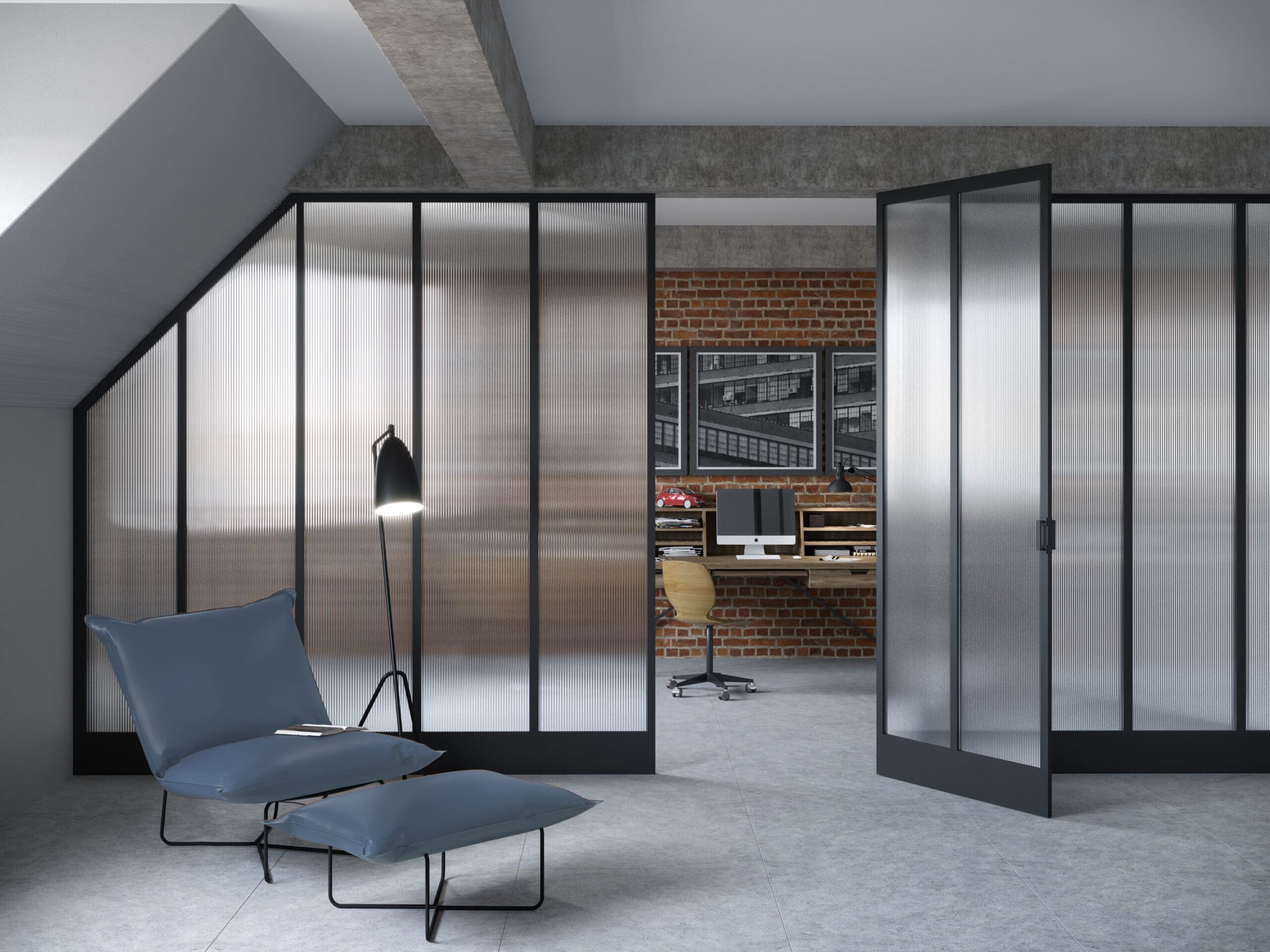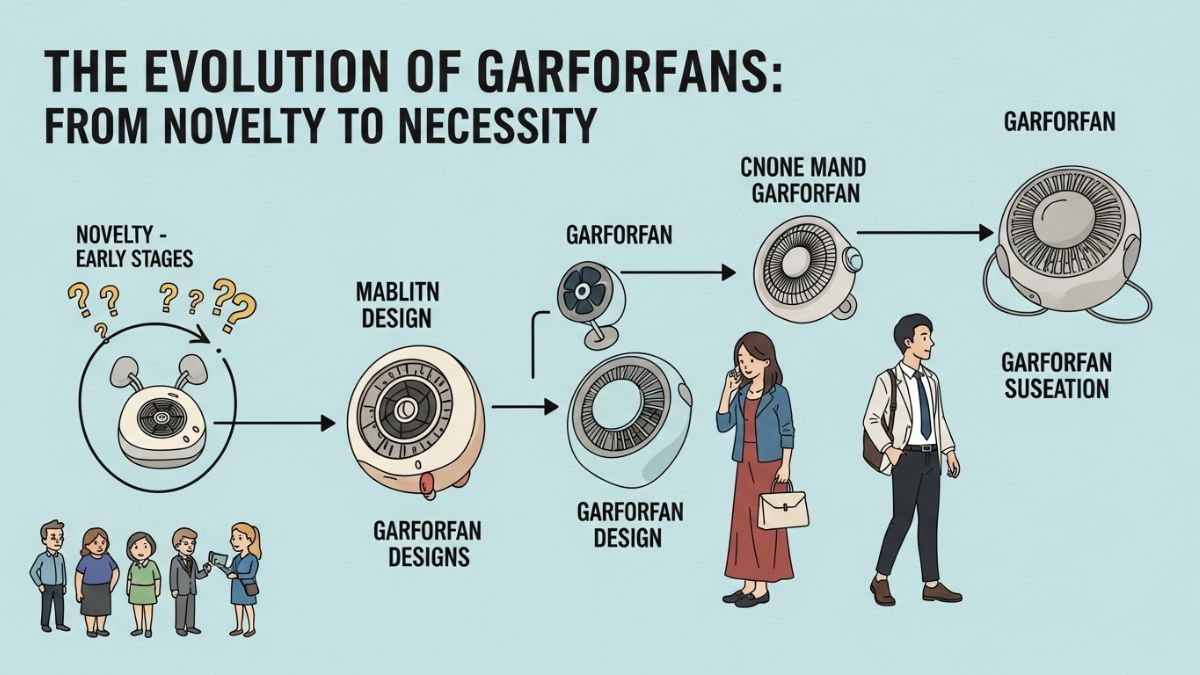In the world of interior design, the demand for elements that blend functionality with aesthetics is ever-growing. One material that perfectly encapsulates this fusion is reeded glass. Known for its distinct linear pattern, reeded glass offers not only a stylish touch to any space but also delivers a significant degree of privacy. With its unique combination of form and function, it’s no wonder that reeded glass is finding its way into homes and offices alike.
The Characteristics of Reeded Glass
Reeded glass, sometimes referred to as fluted glass, is distinguished by its narrow, parallel grooves running across the surface. This texture not only creates a visual interest but also works as an effective barrier for prying eyes, making it an ideal choice for spaces where privacy is crucial, such as bathrooms or front doors. Furthermore, the glass’s ability to diffuse light allows natural illumination to continue enriching a room while maintaining seclusion.
Aesthetic Versatility
One of the significant advantages of reeded glass is its versatility in aesthetic application. Whether your interior design skews towards the modern, with clean lines and minimal decor, or you prefer a more traditional look, reeded glass can be adapted to suit various styles. It adds an element of texture that can break the monotony of flat surfaces or blend with other tactile materials like wood or metal. Designers appreciate this glass for its ability to simultaneously stand out as a feature and harmonise with the surrounding elements.
Applications in Modern Design
Reeded glass is not just confined to windows and doors. In contemporary design, it is increasingly being used as a material for cabinets, shower screens, and even as a surface for partitions in large, open-plan spaces. In kitchens, for instance, reeded glass cabinet doors provide a hint of exclusivity while obscuring the contents, keeping the area looking tidy without sacrificing style. In restaurants or offices, reeded glass partitions offer discreet separation without interrupting the flow of space and light.
Balancing Light and Privacy
One of the most appealing aspects of reeded glass is its ability to balance light and privacy. Regular glass, while transparent, offers no privacy, and opaque materials block light entirely. Reeded glass, however, disrupts the view while still permitting light to filter through. This makes it particularly valuable in urban settings, where space and natural light are premium yet privacy remains a concern. By using reeded glass, city dwellers can transform small apartments into bright, private sanctuaries without the need for heavy drapes or blinds.
Environmental Considerations
In the era of sustainable living, the choice of materials can make a significant environmental impact. Reeded glass can be incorporated into eco-friendly designs by using recycled glass or selecting manufacturers who prioritize sustainable practices. By doing so, homeowners and designers can enjoy the aesthetic and practical benefits of reeded glass without compromising their commitment to the environment.
Conclusion
As we continue to explore new ways to balance aesthetics with functionality, materials like reeded glass offer an excellent solution. Its ability to provide privacy while enhancing light, combined with its aesthetic versatility, ensures its place in both contemporary and traditional spaces. Whether you’re seeking to add a modern twist to a classic design or aiming to blend new trends in a minimalist interior, reeded glass offers a compelling option that stands the test of time.











